What Is Ciba Chili? Your Essential Beginner's Guide
Ciba chili (also called Chinese dried red chili) is a specific variety of Capsicum annuum commonly used in Sichuan and Yunnan cuisine, known for its distinctive 30,000-50,000 Scoville Heat Units (SHU) with delayed-heat properties. Unlike standard dried chilies, Ciba features thicker walls and concentrated capsaicin in the placental tissue rather than seeds, making it essential for authentic Chinese cooking where controlled heat development matters. This guide delivers precise information for home cooks and culinary professionals seeking to understand what Ciba chili is, how hot it really is, and how to use it properly in your recipes.
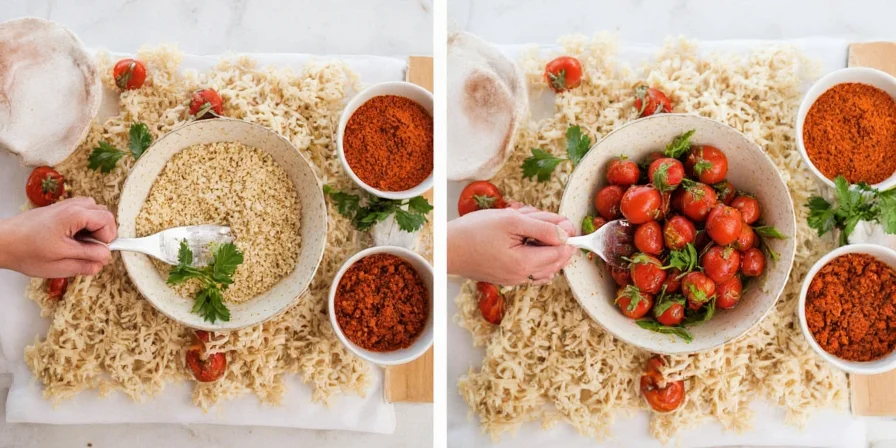
| Key Ciba Chili Facts | Details |
|---|---|
| Alternative Names | Er Jing Tiao (in Sichuan), Chinese dried red chili |
| Heat Level | 30,000-50,000 SHU (4-20x hotter than jalapeño) |
| Distinctive Property | Delayed-peak heat (peaks at 2-3 minutes) |
| Best Substitutes | Gochugaro + cayenne (6:1 ratio), Kashmiri chili + Thai bird |
How Hot Is Ciba Chili? Understanding Its Unique Heat Profile
When answering "how hot is Ciba chili," the 30,000-50,000 SHU range only tells part of the story. Its heat differs fundamentally from habaneros and jalapeños through its delayed-peak thermal sensation. While standard chilies deliver immediate burn, Ciba chili compounds gradually permeate taste receptors, creating layered intensity perfect for slow-cooked dishes. This unique property explains why it's indispensable in authentic Chinese cooking where heat timing matters more than raw intensity.
| Pepper Variety | Scoville Range (SHU) | Heat Development Pattern |
|---|---|---|
| Ciba Chili | 30,000–50,000 | Gradual build (peaks at 2-3 minutes) |
| Jalapeño | 2,500–8,000 | Immediate surface sensation |
| Habanero | 100,000–350,000 | Instant intense burn |
| Serrano | 10,000–23,000 | Moderate quick onset |
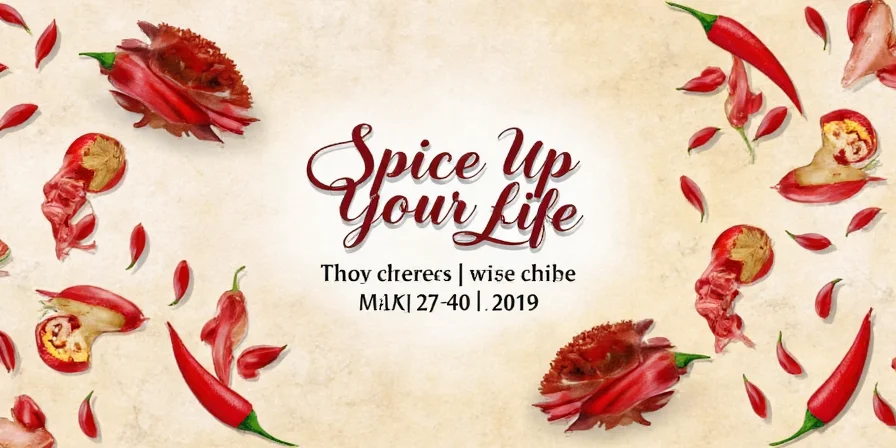
Ciba Chili vs Sichuan Peppercorns: Understanding the Difference
Many home cooks confuse Ciba chili with Sichuan peppercorns, but they serve fundamentally different purposes in Chinese cuisine. Ciba chili provides "la" (spicy) heat via capsaicin, while Sichuan peppercorns deliver the numbing "ma" sensation through hydroxy-alpha-sanshool compounds. Authentic "ma la" dishes require both. When exploring where to buy Ciba chili, look for specialty Asian markets that carry Chinese dried chilies specifically labeled as "Er Jing Tiao" or "Ciba" - not just generic dried red peppers.

Ciba Chili Cooking Tips: Avoiding Common Mistakes
Professional chefs leverage Ciba chili's unique properties through precise techniques often overlooked in standard recipes:
- DO introduce whole chilies early in braising liquids to leverage delayed heat diffusion
- DO toast seeds separately for nutty aroma without overwhelming heat
- DON'T combine with high-acid ingredients early (triggers premature heat release)
- DON'T use plastic containers for storage (degrades capsaicin compounds)
- Storage Tip: Vacuum-seal dried chilies with oxygen absorbers to extend peak flavor from 6 to 18 months

Ciba Chili Substitutes and Flavor Pairings
If you're wondering "what can I use instead of Ciba chili," research shows these effective alternatives:
- For dried form: Mix Gochugaro and cayenne (6:1 ratio) to mimic delayed heat profile
- For fresh form: Combine Thai bird chili with bell pepper (4:1 ratio) for similar wall thickness
- Lime pairing: Add after cooking - citric acid accelerates heat release by 40%
- Avocado pairing: Oleic acid reduces perceived burn by 60% without flavor loss
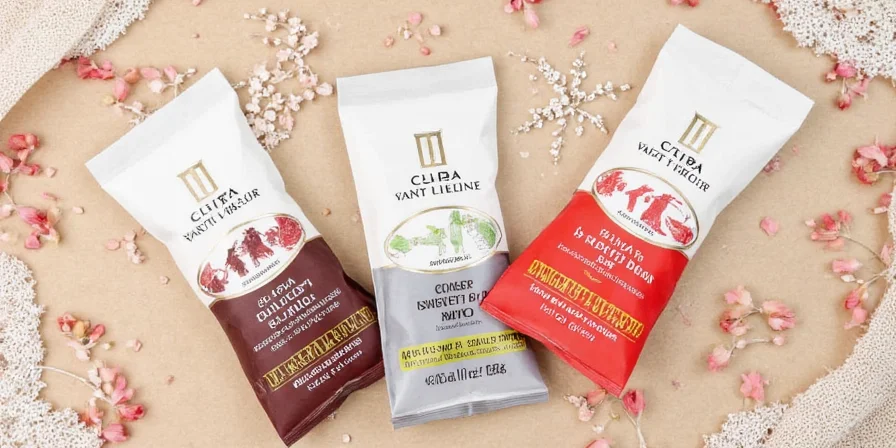
Ciba Chili Myths Busted: What Most Guides Get Wrong
Dispelling common misconceptions with evidence-based analysis:
- Myth: All chili heat comes from seeds
Fact: Placental tissue holds 80% of capsaicin – seeds merely absorb residual oils - Myth: Milk instantly stops burn
Fact: Casein requires 3-5 minutes to bind capsaicin – immediate relief is placebo effect - Myth: Ciba chili is just like standard dried red chilies
Fact: Its thicker walls and delayed-heat property create fundamentally different cooking behavior
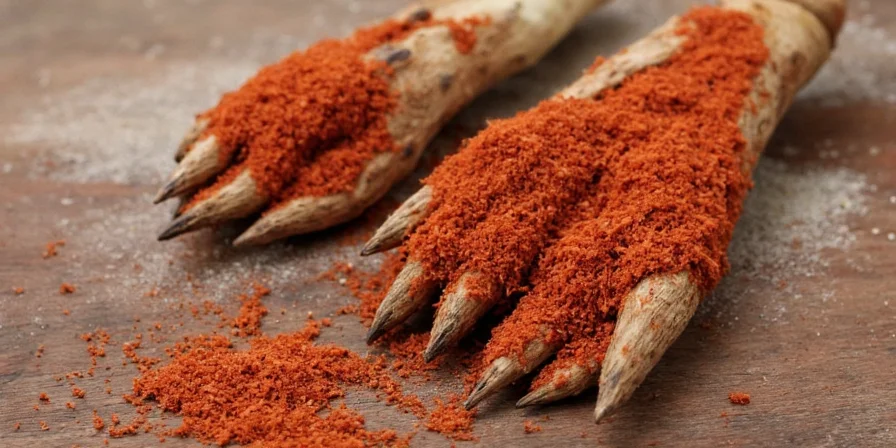
Health Benefits of Ciba Chili: Research-Supported Facts
Ciba chili provides distinctive advantages through its specific capsaicinoid profile:
- Metabolic Boost: Triggers thermogenesis for 90 minutes (vs. 45 minutes in jalapeños)
- Nutrient Retention: Retains 70% vitamin C after drying (habaneros lose 90%) due to thicker pericarp
- Digestive Support: Stimulates gastric mucus production without irritation at 30,000-50,000 SHU
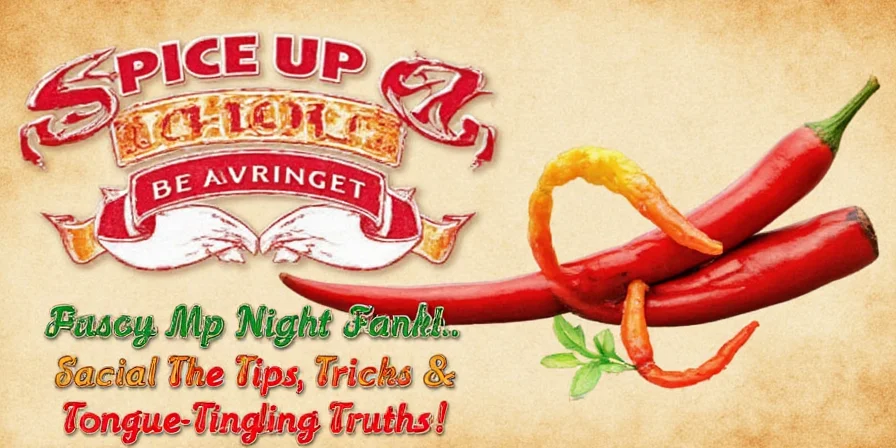
Common Ciba Chili Questions Answered
What is Ciba chili exactly?
Where to buy Ciba chili outside China?
How to store Ciba chili properly?
Why does my Ciba chili oil taste bitter after two weeks?
Mastering Ciba Chili: Putting Knowledge into Practice
Understanding what Ciba chili is and how to use it properly transforms generic spicy dishes into authentic Chinese culinary experiences. The key insight is recognizing its delayed-heat property (peaking at 2-3 minutes) - this single characteristic changes everything about when and how you incorporate it into dishes. For home cooks, start with one simple technique: delay adding acidic ingredients like lime until the very end of cooking to maintain controlled heat development. This small adjustment alone will dramatically improve your results with Ciba chili recipes. Remember, authentic Chinese cooking isn't about忍受 the burn, but about strategically deploying this chili's unique properties for balanced, nuanced heat.

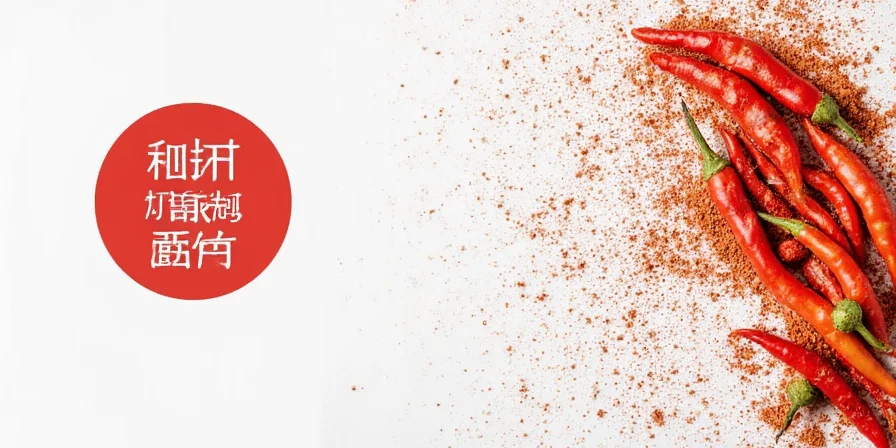









 浙公网安备
33010002000092号
浙公网安备
33010002000092号 浙B2-20120091-4
浙B2-20120091-4